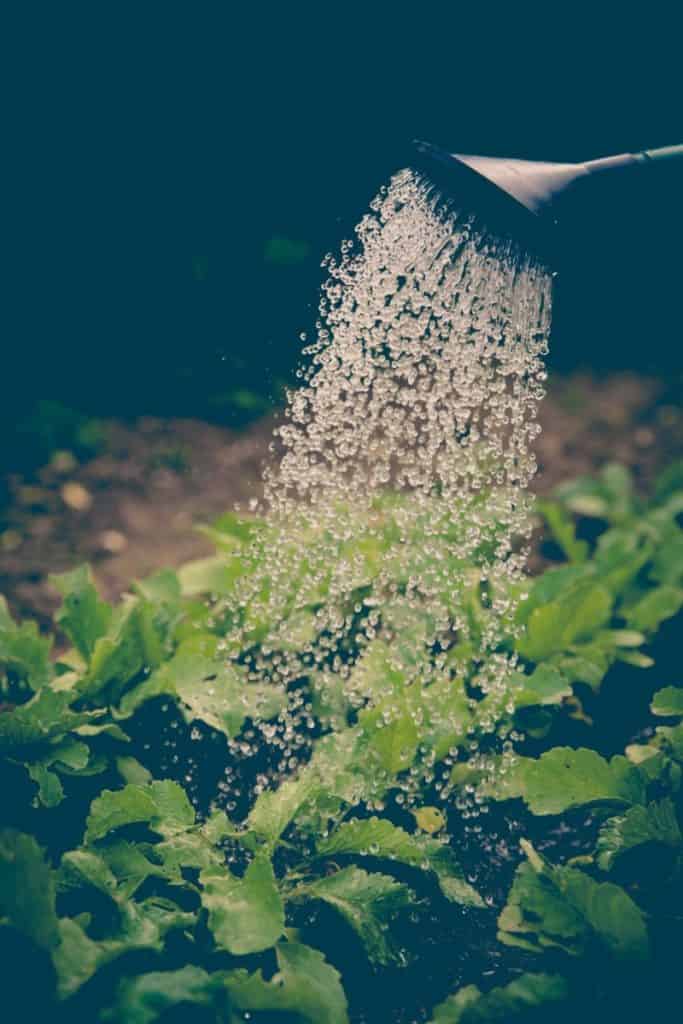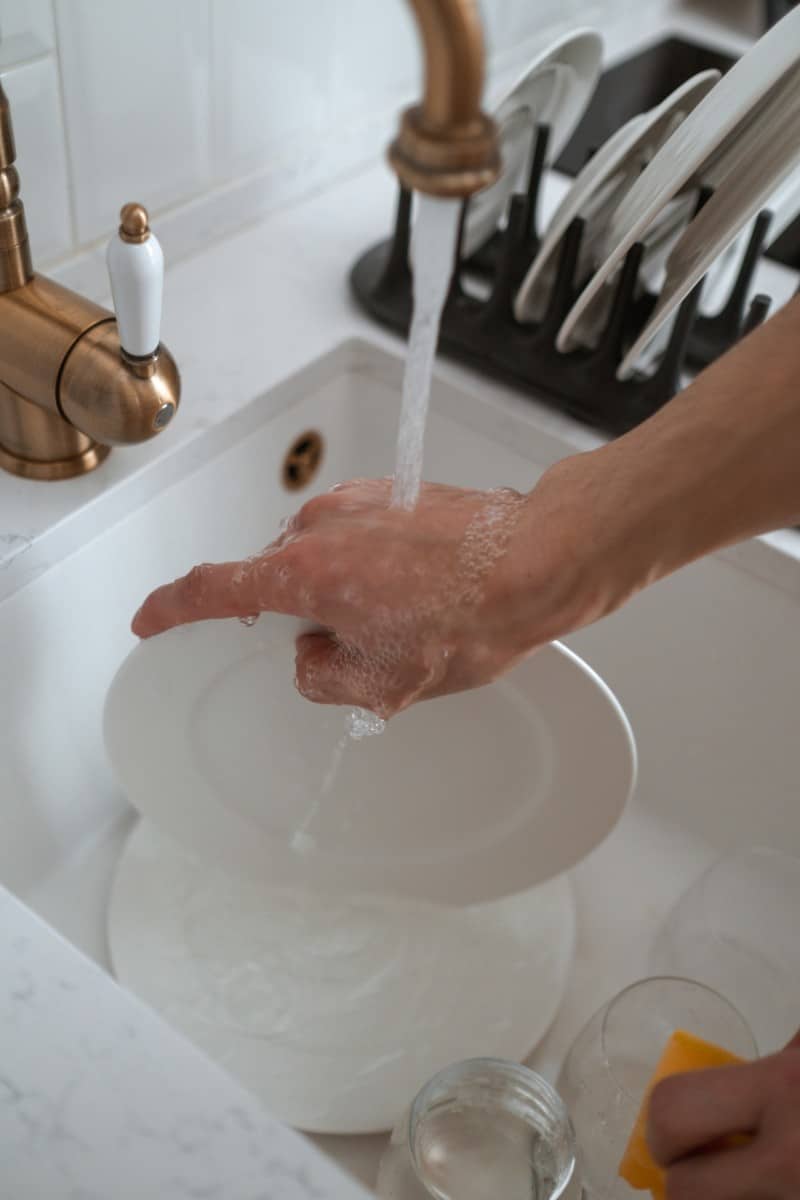Summer is not only accompanied by the rise in average atmospheric temperature, but it is also the season with the highest level of water consumption. The average American family of four could survive by using three gallons of water per day but currently, they consume a whopping sum of four hundred gallons.
At the end of the day, you have to realize that water isn’t free and indiscriminate use of water results in a significant spike in water bills. Also, for all the abundant water we have on earth, only 0.3 percent is usable. This makes the conservation of water all the more important. Here are some useful tips on how to manage and save a significant amount of water especially in the summer:
Ways to Save Water in the Kitchen All Summer
You use a decent portion of your total water consumption in the kitchen. You can save water when you:
- Use a Bowl or the Sink to Wash Produce: Instead of leaving the water running when washing fruits and vegetables, you can save a lot of water by filling up a bowl or the sink. Moreover, you can reuse the water to water houseplants of the garden when you’re done
- Defrost Food Without Water: running cold water over your food to defrost is wasteful. Let your food defrost overnight in the refrigerator instead. Also, when in a hurry, you can always use the microwave to defrost.
- Fill up the Dishwasher Before Use: Dishwashers use the same amount of water no matter if it’s completely loaded up or not. So, you maximize water usage by waiting to have a full dishwasher before running.
- Install WaterSense Faucet Aerators: this will reduce the flow rate of water by 30 percent or more. You could also install motion sensor faucets that automatically stop immediately you pull your hands away.
Ways to Save Water in the Bathroom
The bathroom is where you shower, bathe, toilet, and shave. It is arguably where you consume the most water in your home. Save water in the bathroom by:
Making Shower Adjustments
- Choosing showers over baths saves water. It takes 70 gallons of water to fill a bath and only 25 gallons for an average shower
- Replace your old shower heads with models with a flow rate between 2.5-1.6 gallons per minute.
- Try to reduce shower time to about 5- 7 minutes.
- Take warm showers instead of hot ones
Making Toilet Adjustments
- Conserve water when flushing by installing a low flow toilet
- Fix toilet leaks, just one drip could cost you several gallons per day
- Prevent unnecessary flushing by not using the toilet as a wastebasket
Conserving at the Sink
- Turn off the faucet while you brush your teeth
- When shaving retain water in the sink rather than keep the water running
- Install faucet aerators
Ways to Save Water in the Laundry Room
- Buy an Efficient Washing Machine: Get yourself a washing machine with both water and energy-saving features. Look out for washing machines with a small water factor rating. The rating is based on the amount of water used against the load capacity of the washer.
- Run the Right Load Size and Cycle: Running a full load maximizes the usage of water. Though some new washers have an economic cycle feature and water level regulators to suit different load sizes.
- Pre-treat Stubborn Stains: Pretreating stains helps you avoid having to wastewater with a rewash. You can pre-treat stains by saturating the affected area with a stain remover.
- Direct Greywater Drainage to Your Garden: Get a plumber to direct greywater (reusable water that includes water from tubs, sinks, and washing machines) to your plants and trees. This helps improve your home’s general water consumption.
- For Handwashing: Plug your sink when washing and rinsing, Don’t leave the faucet running, and use a small amount of washing powder.
- Check for leaks
- Wear your clothes more than once before washing
Ways to Save Water in your Summer Garden

- Water Correctly: The right time to water is early in the morning. This is because there’s less evaporated due to cooler temperatures and less wind to blow droplets away from plants.
- Collect Rainwater: Using rain barrels can collect and store rain that runs through your home’s downspouts. Rainwater is cost-effective and free from salts and chemicals in most groundwater.
- Install an Automatic-Rain-ShutOff Device: This device signals your irrigation system controller to halt watering when the specified amount of rainfall. It conserves water and prevents accidental overwatering of plants.
- Mulch for Moisture: A layer of mulch keeps the root zone of plants cool and reduces the rate of water loss through evaporation. Organic mulches also improve soil quality.
- Fix Outdoor Plumbing Leaks: You might be tempted to overlook outdoor leaks, don’t! A single leak on your emitter or hose could waste a significant amount of water a year.
- Plant Flowers that Need Less Water: Grow drought-resistant plants. Plants like mimosa, lavender, verbena, and palms are quite drought-tolerant.
Ways to Save Water in the Workplace
- Assessment: You can employ the services of a water auditor to inspect and provide reports on all areas of water consumption in your company. The report will contain information on where employees or customers may be wasting water.
- Staff Education: One of the most effective ways to reduce water wastage in your workplace is to create awareness. Provide your employees with information on how they might be wasting water and ways to reduce water consumption.
- Leak Detection: Undetected leaks are a notorious source of water wastage in the workplace. Unattended for a long time could attract higher expenses in taking care of visible mildews and molds and stains on ceilings, floors, and walls.
- Update Equipment: Low flow toilets, aerators on faucets, and replacing old water equipment are all changes you could make at your workplace to conserve more water.
Conserving Water, an Essential Resource
The world’s usable water supply is not limitless, so conserving water should be of importance to everyone especially in summer. Moreover, you’ll be doing yourself a favor by saving money on annual water bills.
